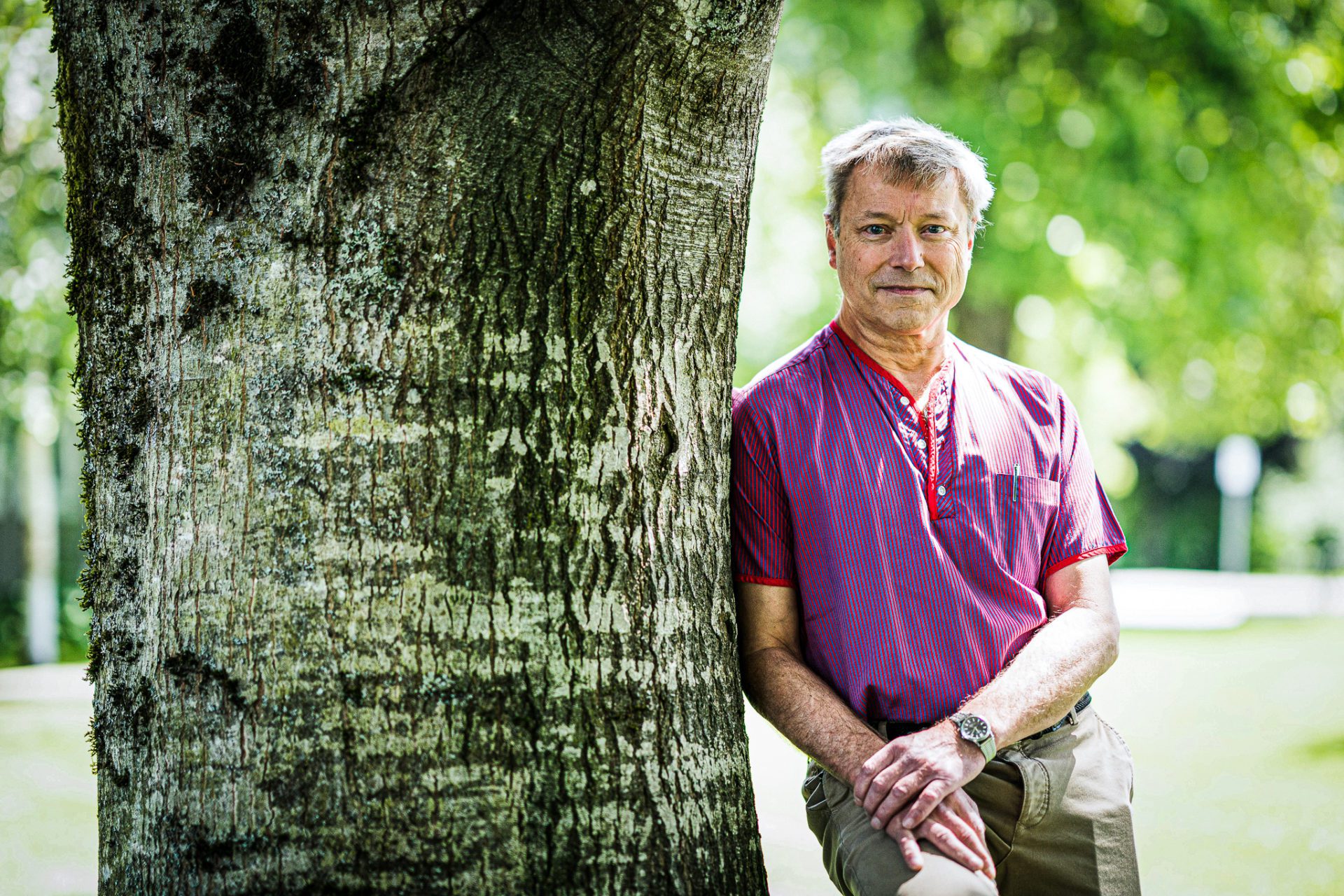I grew up in Squamish. When I was a child I remember looking out the window from the breakfast table to see the ferry taking my Dad to work across Howe Sound to Woodfibre.
After university years and work and travel in the big wide world, I returned some years ago, still with many memories but also new perspectives on my home town.
With many long time and also newer residents I have a strong interest in local history. But history is not just nostalgia. In my role as a District councillor, local history informs my work in addressing present issues and advocating good planning for a new and better future. It is a source of insight – indeed, an essential toolbox of important information.
Historically, the development of our region and its prosperity over the last century and more has been grounded in natural resource industries and the transportation of their products to export markets. Britannia was founded on mining, Woodfibre was a pulp mill town and Squamish grew as a railway and forest industries centre.
Tourism has long been an important industry for Squamish, also – able to take advantage of the transportation corridors and mountain landscape access developed for the resource industries.
With a region’s development closely tied to resource industries, there certainly have been challenges – export market boom and bust cycles, and decisions made by outside forces.
There have been painful closures of major industry plants in recent decades – pulp, sawmilling and railway. We have successful new tourism venues such as the Sea to Sky Gondola; yet, we have also lost some (railway and marine), as well. None of these closures and losses have been related to Squamish’s location.
Squamish has continued to grow since these closures and the loss of many well-paid industry jobs. But it has in many respects been an unbalanced growth, with new stresses: a jobs to housing ratio imbalance, lack of affordable housing for employees of service and tourism sectors, and infrastructure and amenities not keeping up with demands.

Article continues below
Subscribe Now
Subscribe to our newsletter to get the latest updates and access to exclusive content.
"*" indicates required fields
Being close to the Lower Mainland for commuters and recreational visitors is not Squamish’s only locational asset. Being a bedroom community is not a necessary fate for this town.
We can apply local experience and lessons of the past and experience from elsewhere and also better harness the skills and insights of many new residents to build a resilient and innovative community which can shape its own destiny.
It is important to understand our diverse assets and how they have worked in the past and can continue to work in partnership with each other.
Our community economic development strategy refers to “Core and Enabling Sectors” as well as “Emerging Sectors”. These are and should be better recognized as partners. They can work together to foster new opportunities for both export and experience economies.
Why shouldn’t we be able to create high tech, sophisticated affordable housing solutions as an export industry?
If we do not recognize and understand our natural and locational assets we can not only miss opportunity but create constraints – through bad land use planning and undermining of investor confidence.
Better understanding of our assets and potential collaborations requires good community dialogue, among people and stakeholders of very diverse backgrounds, perspectives and experience.
I don’t believe being an unbalanced bedroom community is a necessary fate for Squamish. With collaborative energies we can instead form our own more resilient and innovative community destiny.




